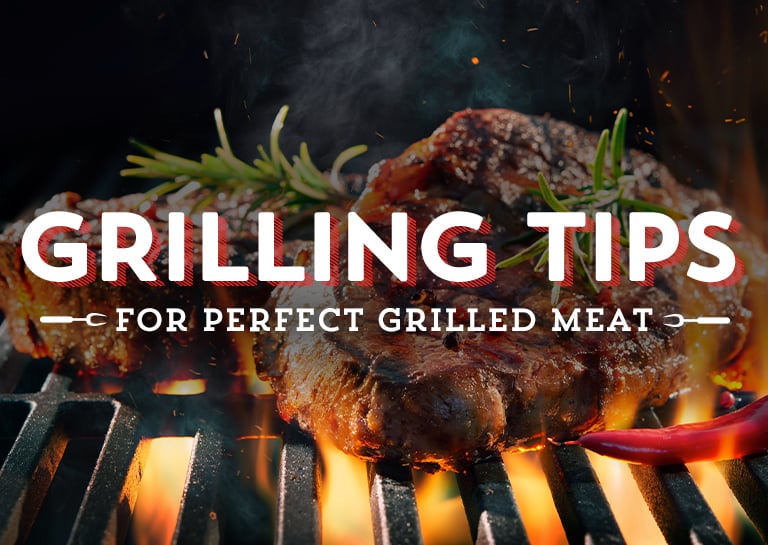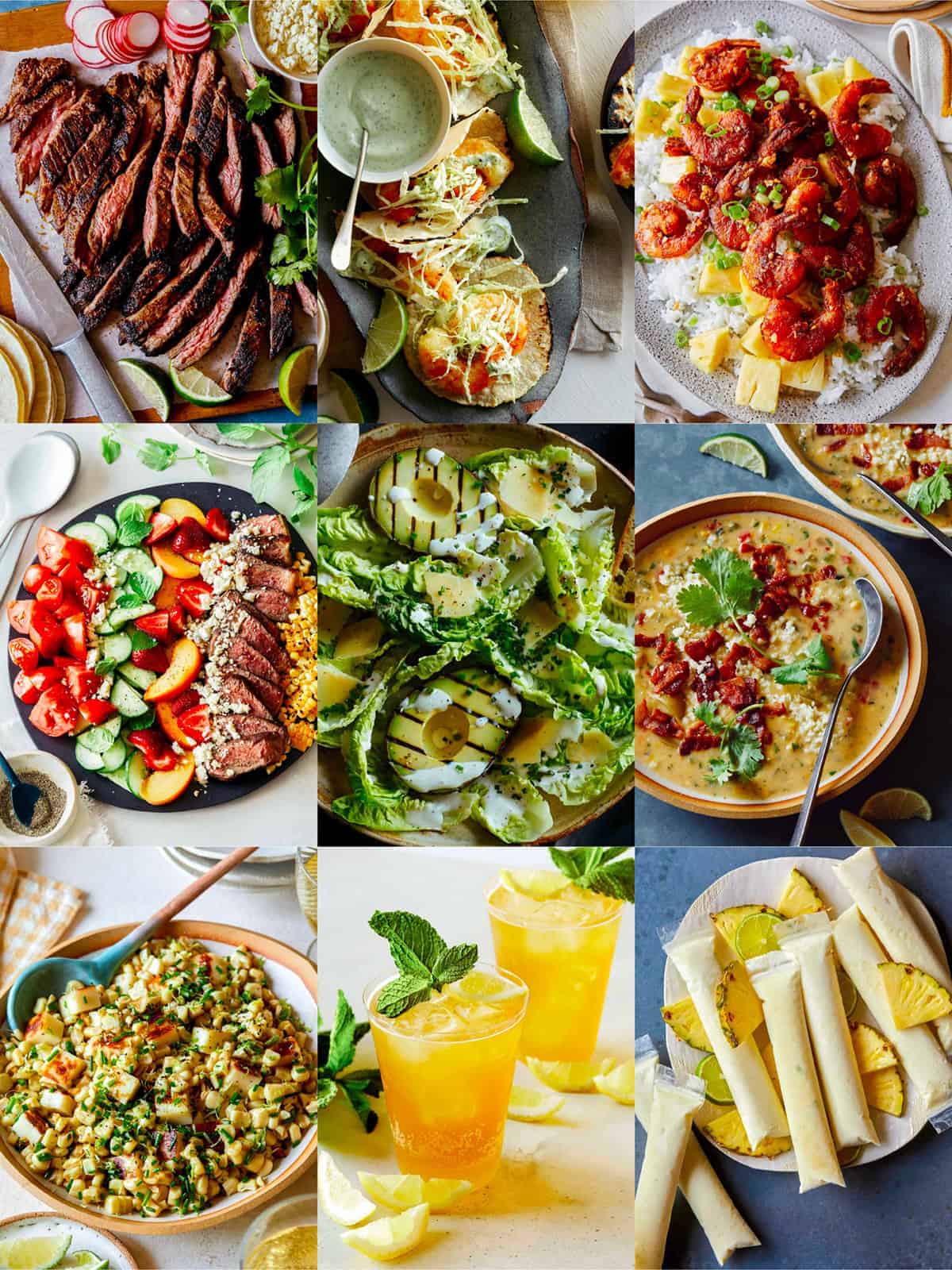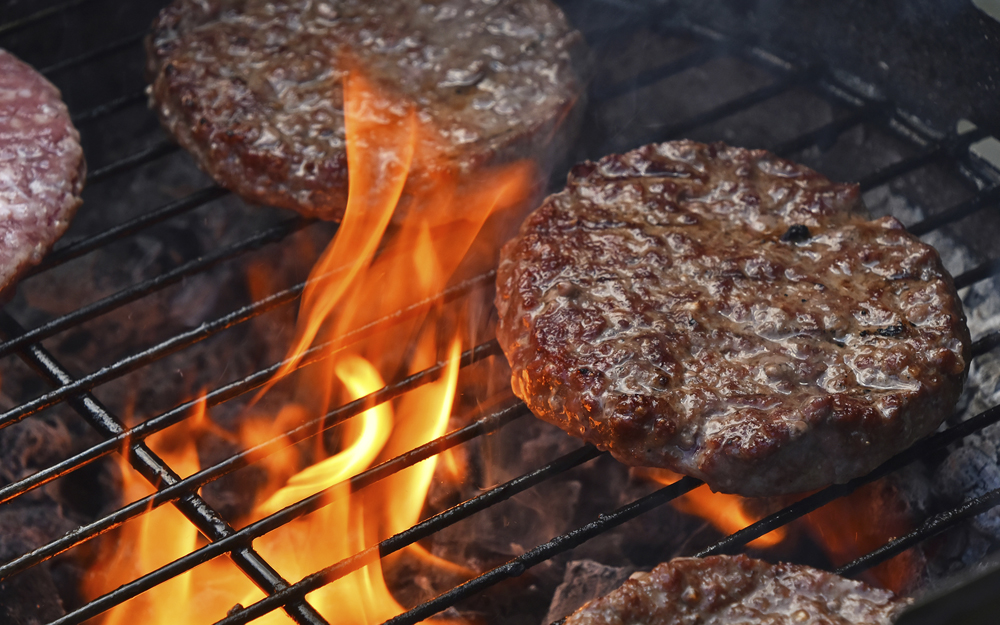
If you've ever wondered how to apply dry rub, read this article for some tips. It is important to apply the spice mixture on meat with your hands in order to create a uniform coat. If the meat is skin-tender, rub the rub on it. This will enhance the flavor of your meat. These are the key ingredients to remember before applying dry rub.
Moisten meat before rubbing
You want your meat tender and juicy so moisten it first before you apply a dry rub. Salt is a great flavor enhancer and it has the ability to penetrate the meat and flavor the meat from within. Salt can also enhance flavors and aromas. This is why salt should be included in any dry rub recipe. Salt is generally added to your rub at a ratio of 1 to 1 with meat.
Use a dry rub liberally to all sides of the meat. Especially on thick cuts, make sure to season the "sides" and the main face of the meat as well. Then, use the opposite hand to rub the seasonings into the meat. The rubbing motion is important because you want the seasonings to penetrate into the meat. The dry rub can be applied immediately to the meat or you can wait up to 30 minutes before coating it again.
When applying a dry rub, make sure to wipe the surface of the meat completely with a damp cloth. This will help the dry rub stick to the meat better. You can cover the meat with plastic wrap once it has dried completely. After that, let it cool in the fridge for at least 30 minutes. It's important to make sure the meat is well-marinated before applying a dry rub. This will prevent bacteria growth and ensure that dry rub does not become stale.
Important to note that marinades are not just for flavoring your meat. You can tenderize your meat with marinades, thanks to enzymes. While liquids won't alter the taste of dry rubs, it will help give them a smoother surface. A dry rub can be marinated for several hours ahead of time so it can soak overnight.
Dry rubs can also be moistened. Brown sugar is a common foundation for dry rubs. This sugar is slightly sweetened and forms a solid glue on the meat. A good alternative is maple syrup or turbinado. This type of sugar can easily burn so be cautious. You can combine both. You should be sure that your rub is suitable for the type of meat you're cooking.

You can also add a second layer of rub to your meat once it has been marinated. This is a great way for flavoring your meat. However make sure you have enough rub to stick to it. You can either use commercial rubs or create your own. The quantity of dry rub you use depends on where you find it. The recommended amount of dry rub is one tablespoon per pound. However, experimentation is key to finding the best recipe for you.
After rubbing with dry paste, sprinkle the mixture with sugar or with paprika.
The simplest way to add some spice to your ribs is to sprinkle them with sugar or paprika before sprinkling with smoked paprika. There are many varieties of paprika. You should only choose the one that has the highest heat. If you're not sure, you can purchase paprika that doesn't have a label. This paprika will not have as much flavor than the labeled one.
A homemade dry rub is easy to make and can be stored for last-minute cooking. It contains savory spices mixed with dark brown Sugar, which promotes browning. It is a sweet-savory mix that enhances the flavor of meat. For an extra touch of flavor, you can mix your own blend with your favorite herbs. The more you love it, the more you'll try!
Before applying a dry rub to meat, make sure that the surface is dry. You should apply the rub to about one-and-a half pounds of meat. You want to achieve the best results. Rub the rub all over the meat and massage in. Use a dry rub to coat chickens, pork ribs, or ice cream sandwiches. Adjust the amount to suit your cooking method.
Groceries sell commercial rubs. These rubs are well-received and popular. Commercial rubs often start with a base of salt. Salt is inexpensive and adds bulk. But paprika is the best seasoning for meat. You can customize the flavor of your ribs by making your own rub. Mixing your own rub can save you a lot of money.
Dry rubs can be used to enhance the natural flavor and aroma of meat. Combining the right ingredients can make even inexpensive cuts of meat taste luxurious. Dry rubs can contain different types of salt, sugar and chili peppers. They also may contain mustard powder, garlic powder and other herbs and spices. These rubs make your meat taste great and are easy to store.
Dry rub is different to dry brining as it doesn’t require you do so ahead of time. You should avoid adding sauces to dry rub to meat if you are going to apply it ahead of time. This method can make your meat too soft or mushy, and while it may be convenient, it can cause overly soft or mushy meat. However, most people prefer to massage the dry rub right before grilling.
Signature ingredients in dry rubs
When making your own dry rub, there are a few things you should consider. Spices and herbs can lose their aroma and flavor after nine months. For a better flavor, grind fresh herbs or spices in a coffee machine. Your dry rub should be mixed just before using it. This will ensure that they retain their flavor. Although you can make it ahead of your meal and then use it immediately, it's best to do it before serving.

There are many rubs to choose from. The first type is called savoury. It includes spices like onion powder, dry mustard and dry chile. Red chili flakes, dried chipole and dried chipole are also included to make it even hotter. It can be used to cook meats as well as vegetables and other inedible foods, such fish.
A dry rub is a combination of herbs and spices that is applied to meat before cooking. Different types of rubs can be made with different spices. They also have different amounts. For example, a barbecue rub contains coarse salt and black pepper and paprika. A Jamaican Jerk Rub includes allspice and nutmeg as well as ginger and cayenne pepper. Add a small amount of dried rice to your rub to create a flavorful, high-heat rub.
Dry rubs should be kept in an airtight container when you make them. You can use the dry rub immediately, or you can store it in a container for a few more weeks. After blending the ingredients, you can then spread it on a rimmed baking sheet or in a large bowl and rub the meat with it. The flavor of the dry rub will penetrate the meat, making it delicious! Let the meat rest for at least eight hours after applying the rub.
Dry rubs are a great way of adding flavor to meats without having to use additional sauces. Dry rub recipes are easy to prepare and can enhance the flavor of meat without using sauces. They are quick and easy to prepare, and can be used right before dinner. You have two options: mix it yourself or purchase dry rub ingredients to use on your meat. After you make the dry rub, it can be frozen.
Salt is another important factor to consider when making your own rub. Salt is an important ingredient in most rubs but it can be difficult to get rid of. Because many rub manufacturers don’t have a solid understanding of the science behind salt removal they won’t make a salt-free version. It is important to separate salt and rub during the making of rubs. You will have more control over how you apply the oils and spices.
FAQ
Do I require any special equipment?
To learn to cook, you don’t need to have any special equipment. However, the right tools can make it easier to cook. A knife can be used instead of a fork when making pasta, or a whisk could be used to whip up stiff egg whites. The right tools make cooking easier and faster.
What is the minimum requirement to become a chef?
No. Many chefs started their careers by learning on their own. Some even went on to culinary school to gain work experience. However, most chefs prefer to attend culinary school because it gives them more opportunities to learn and grow professionally. Culinary schools offer hands-on training which allows students to improve their skills and knowledge of cooking.
How long does it take to become chef? What is the average career path?
The average time it takes to become a chef is five years. In this period, you will learn basic cooking skills and experience as a kitchen assistant. You can apply for line, sous or executive chef positions after you complete your training. The average salary for a chef ranges from $25,000 to $60,000 per year.
Which is the best way for you to learn how to cook?
Cooking can be something everyone should master. Cooking is a skill that will allow you to enjoy delicious food. The first thing you need to do when learning to cook is to find a recipe that you like and follow it closely. Next, practice making small changes until you are comfortable cooking the dish. Next, you can cook for others. This will not only help you cook better, but it will also test your skills.
Statistics
- The median pay for a chef or head cook is $53,380 per year or $25.66/hour, according to the U.S. Bureau of Labor Statistics (BLS). (learnhowtobecome.org)
- In the United States, the category is estimated at $23.2 billion annually and is growing faster than the market. (washingtonpost.com)
- On average, chefs earn $58,740 a year, according to the BLS. - learnhowtobecome.org
External Links
How To
How to cook steak
The type of meat you are cooking will determine the right method to use. Thicker steaks should be cooked over low heat. Thicker steaks will need to cook at higher temperatures.
They will lose their flavor if they are overcooked. You should always remove the steak from the skillet when it's done. This will prevent you from burning yourself.
Cooking time will depend on the size of your steak and the desired level of doneness. Here are some general guidelines:
Medium Rare: Cook until medium rare, which means the internal temperature reaches 145degF (63degC). This will take between 3 to 5 minutes per side.
Medium: Cook the meat until it reaches 160°F (71°C). This normally takes around 6 minutes per side.
You are done when the internal temperatures reach 180°F (82°C). This takes between 8 and 12 minutes per side.